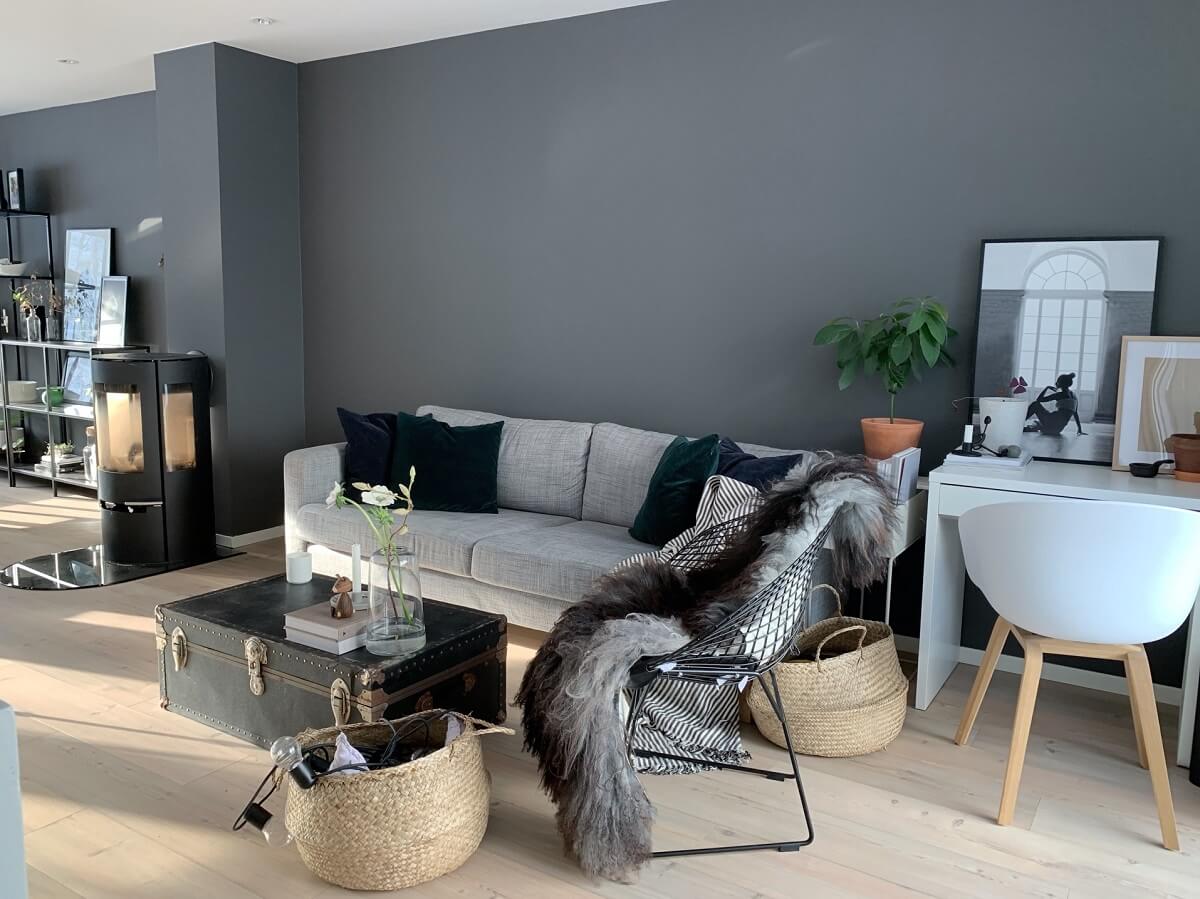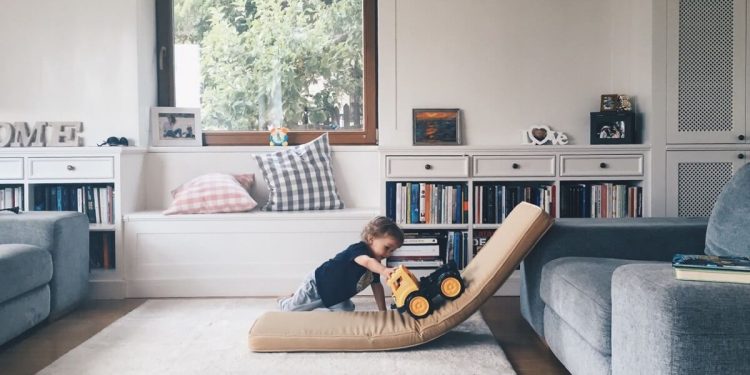Everyone dreams of owning an exquisite apartment, adequately furnished and perfectly set to their taste. A home is one of the best things to have in life. However, homes, in unpredictable circumstances, can be destroyed too. In Canada, storms and wildfires are among the leading causes that take homes from many people. How can you protect your home and property from unforeseen events? This article will show you what home insurance is and the kind of protection it offers you.
a
What is Home Insurance?
Home insurance is a type of property insurance that covers your building structure and belongings in cases of destruction or damage caused by different circumstances. Home insurance provides a financial canopy over your home and belongings if something unexpected happens. So, you can call your homeowner insurance a financial lifeline for when things go wrong with your home.
There are two categories of home insurance policy: the homeowner’s and the renter’s. The homeowner’s insurance policy makes provision for the properties of homeowner’s to be insured in the event of any damage to their homes. The homeowner’s insurance policy cares for every other damage to the home structure. On the other hand, the renter’s insurance policy covers the damage to the renter’s personal properties against jeopardy. It is essential to know that the renter’s insurance does not cover the loss from the whole building’s damage. It only makes provision for the tenant’s affected personal belongings.
What does Home Insurance cover?
Before choosing home insurance in Canada, it is essential to know what situations it covers. A good home insurance policy covers a wide range of items, including your building itself, personal belongings, and liabilities. Let’s talk about them in more detail below.
● Building structure: This is also called Coverage A and is arguably the most crucial aspect of any home insurance policy. It protects the actual building and other associated structures like in-built garages and fences. Building structures could be damaged by extreme weather conditions like tornadoes, lightning strikes, and windstorms.
● Other structures: Also known as Coverage B, this accounts for structures that are not directly attached to your primary building structure. Examples of these include detached garages, swimming pools, and playground facilities.
● Personal property: Insurance coverage for personal properties is also called Coverage C. Coverage C covers damage caused to your belongings like your furniture and electronics for repair or replacement. You can purchase extended coverage for other personal items like jewelry and clothes. It also accounts for the theft or destruction of the belongings owned by other members of your family.

● Additional Living Expenses (ALE): Also called Loss of Use or Coverage D, this covers situations that require you to stay outside your home for a while. The only caveat is that loss of use must result from situations covered by your insurance policy. Your homeowner’s insurance policy accounts for feeding costs, transportation costs and the cost of staying in a hotel or a rented apartment until your home is fixed.
● Personal liability coverage: This is also called Coverage E, and this is the part that covers you are legally responsible for property damage or physical injury to someone else. As long as you can prove that the damage or injury was purely accidental, your home insurance policy does the rest.
● Medical coverage: This is also called Coverage F. Imagine having someone come over to your place, and such a person slips off your stairs and breaks their ankle. Delicate situations like this could get messy quickly, which is the kind of scenario covered by liability coverage. As long as the injury is not intentional and is within your coverage limit, liability coverage caters to such individual’s medical bills. If the damage caused on the liability’s health warrants the person taking legal action, or you are being held legally responsible for the harm caused to the person’s health, liability coverage also covers and pays the cost of settlement against you. If a lawyer is needed in this case, the liability coverage settles the payment to employ the service of a legal expert. Also, if the damage caused to the injured person results in the inability to go to work, this insurance might cover giving stipends to such individuals.
What is not covered by Home Insurance?
The homeowner’s insurance does not cover certain damages with costs that exceed the coverage limit. In such cases, you’ll be responsible for paying for the difference. The damage that are not covered includes:
- Extensive natural or man-made disasters: Damages resulting from extreme situations that affect a large geographical region are often excluded from insurance policies. These include natural disasters like flooding, earthquakes, landslides and sinkholes. Similarly, government seizure and man-made disasters like wars, terrorist attacks and damages from nuclear accidents are usually not covered. The government and other responsible organizations usually manage these situations.
- Damages from poor or faulty maintenance: Lack of good home maintenance culture is often regarded as willful neglect and is out of limits for most insurance policies. These include destruction from mould, sewer overflow and bugs like termites and bed bugs. Also, homeowner’s insurance policies do not cover general wear and tear and lacklustre use of electrical and mechanical appliances.
- Filing late claims: Filing claims for insurance far after the covered damage has occurred is also usually regarded as neglect. Let’s say you noticed a minor leak in your bathroom about five months ago but waited till it became more extensive. The damage may be more expensive to repair, and your insurance provider may deny your claim.
Conclusion
No one dreams of losing their homes, but life is dangerously inconsistent, and things can quickly spiral out of control. Insurance is a part of daily life and should not be regarded as a form of luxury. Beyond paying for an insurance premium, home insurance is an investment in your safety and that of your loved ones. At Insurance Direct Canada, the insurance experts can help you find the most suitable insurance protection for your home. Via the Get Quotes button below, you can get in touch with them for insurance quotes and advice.













